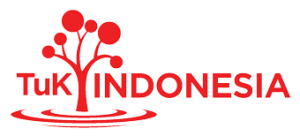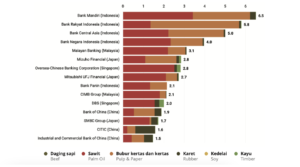Estimated Potential State Revenue from OIL PALM TAX in Jambi Province
Estimated Potential State Revenue from OIL PALM TAX in Jambi Province
This is the second study conducted regarding the potential State revenue from palm oil tax. The first study was conducted in Central Sulawesi in 2020. This scope of the second study in 2021 was for Jambi with updated data collection methods. We conducted field observations for data validation, and we used high-resolution imagery for case study analysis. The goal is to produce the closest tax calculation value.
As stated in the first study, the background of this study development was optimization of tax revenues by the Government. The gap between the data on the potential for palm oil tax and its target and realization is an issue to be explored. At this point, transparency is key, and the first items to improve are capacity and use of technology.
Jambi is a province with high industrial potential in the land-based sector. In the palm oil sector context, Jambi is in the top 10 palm oil producing provinces in Indonesia. Unfortunately, Jambi’s Own Regional Revenue (Pendapatan Asli Daerah – PAD) remains low, the largest of which comes from vehicle taxes. Jambi is also included in the list of recurring forest and land fires (Kebakaran Hutan dan Lahan – Karhutla), along with extensive peat damage and high tenurial conflicts. This portrait shows that the exploitation of resources in Jambi is not commensurate with the State and regional revenues.
The full complete research results can be downloaded at : Research on Palm Oil Tax in Jambi






Leave a Reply
Want to join the discussion?Feel free to contribute!